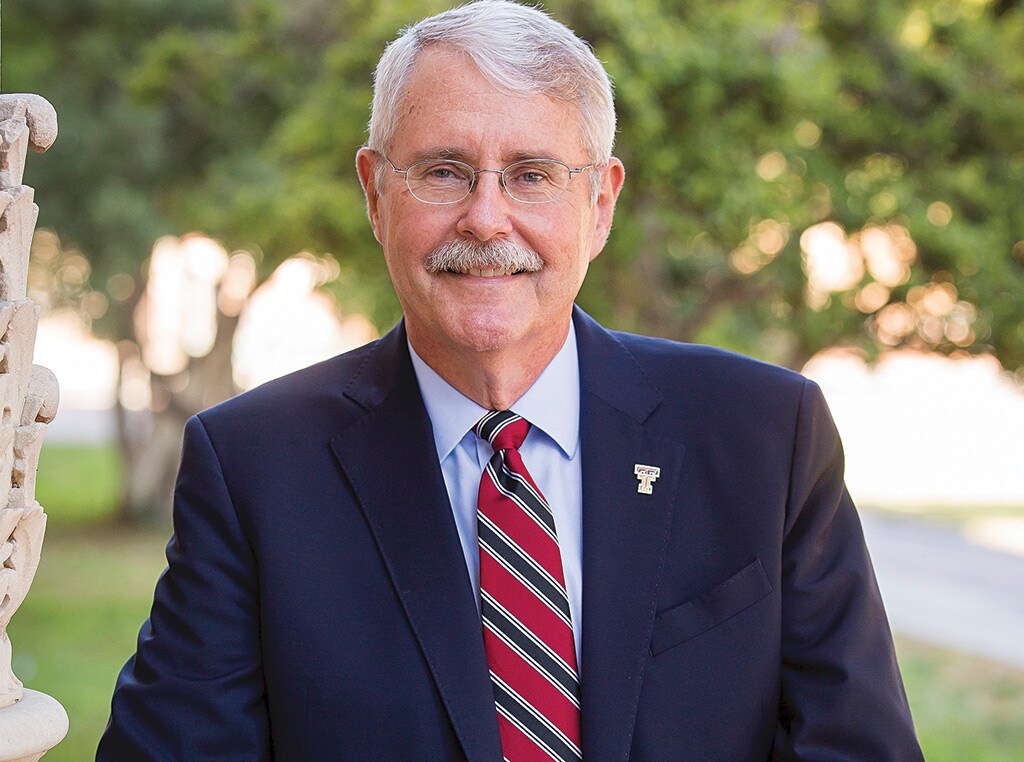
Joseph Heppert of Texas Tech University (TTU)
Agriculture, Livestock/Poultry March 01, 2021
Pandemic Fighters
These ag scientists are on guard against the next plague.
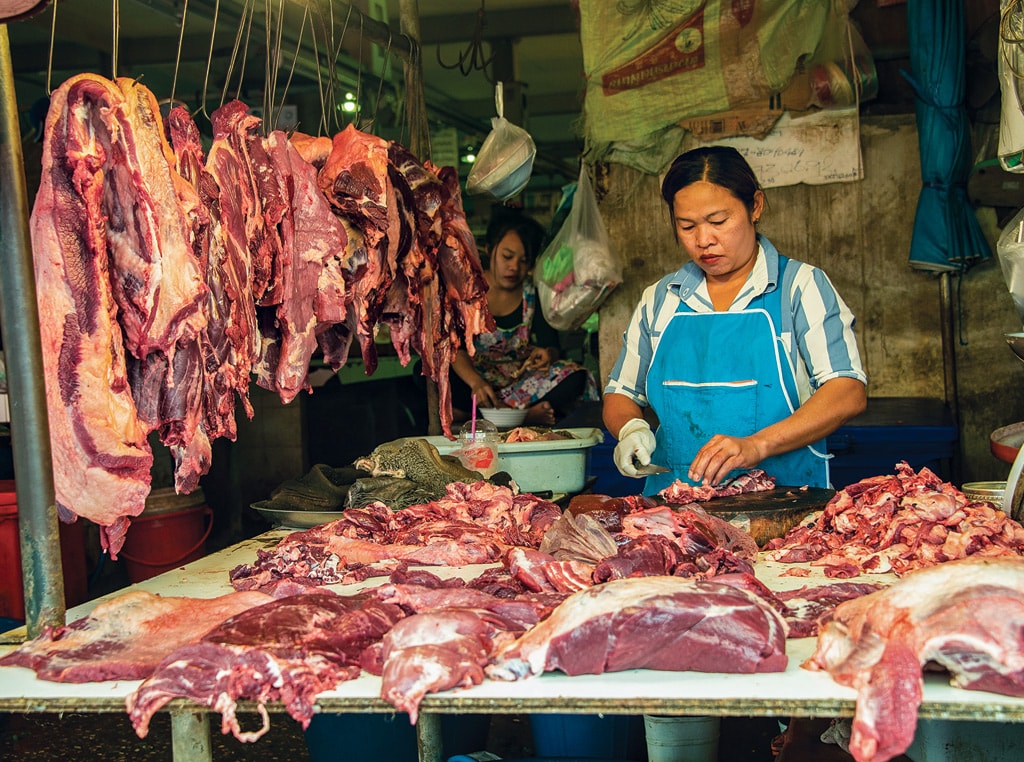
Wet markets in Asia—which often sell live animals—have been suspected as sources of some disease outbreaks that jumped from animals to people.
COVID-19 has branded the word “pandemic” into the global consciousness and shown the world in clear terms how diseases can jump from animals to humans, causing human carnage and economic devastation.
But we are all just getting a tiny peek into the daily nightmares of a dedicated corps of veterinarians, researchers, officials, and others who work tirelessly to protect us from this sort of carnage and worse.
The ones that keep Juergen A. Richt up at night are influenza and Rift Valley fever. Richt is head of the Center on Emerging and Zoonotic Infectious Diseases (CEZID) at Kansas State University, and is a leading researcher in the world of viruses and vaccines in animal disease.
He notes that African swine fever, which does not affect humans but is extremely lethal in pigs, has led to massive disruptions in pork trade and the death or slaughter of as many as a quarter of the world’s hogs over the past couple of years.
There’s avian influenza, which rips through poultry flocks, backyard birds, and wild bird populations and frequently jumps to humans as the virus quickly mutates. Shortly before Christmas, the British government required poultry producers and hobbyists to move their birds indoors in response to several discoveries of avian influenza in birds in England.
And there’s West Nile virus, which transmits from birds to humans through mosquitoes, much as Lyme disease hops from rodents to people via ticks.
But Richt has been working especially hard on a vaccine to combat Rift Valley fever. Because Rift Valley fever is terrifying.
Zoonotic disease. Like influenza and COVID-19, Rift Valley fever is a zoonotic disease—it can move between humans and animals. According to the Centers for Disease Control (CDC), about 60 percent of all human pathogens and 75 percent of recently emerged infectious diseases affecting people originated in animals.
In the case of Rift Valley fever, which is endemic to the Arabian Peninsula and parts of sub-Saharan Africa, the toll can be devastating. Reproduction of sheep, cattle, goats, camels, and buffalo grinds to a halt due to high abortion rates. The human cost is alarming, too—Richt says human fatality rates over the past decade have been up to 10 percent. That’s about five times the U.S. mortality rate of COVID-19.
Rift Valley fever is spread by Aedes and Culex mosquitoes, both of which are present in the U.S. and changes in climate are expanding their range. If the virus arrived in the U.S. in an infected traveler, animal, or mosquito, it could spread to livestock or—as CEZID researchers recently established—take hold in wild deer herds.
“So if this virus somehow comes onto our shores, it will find very fertile ground to establish itself,” Richt warns.
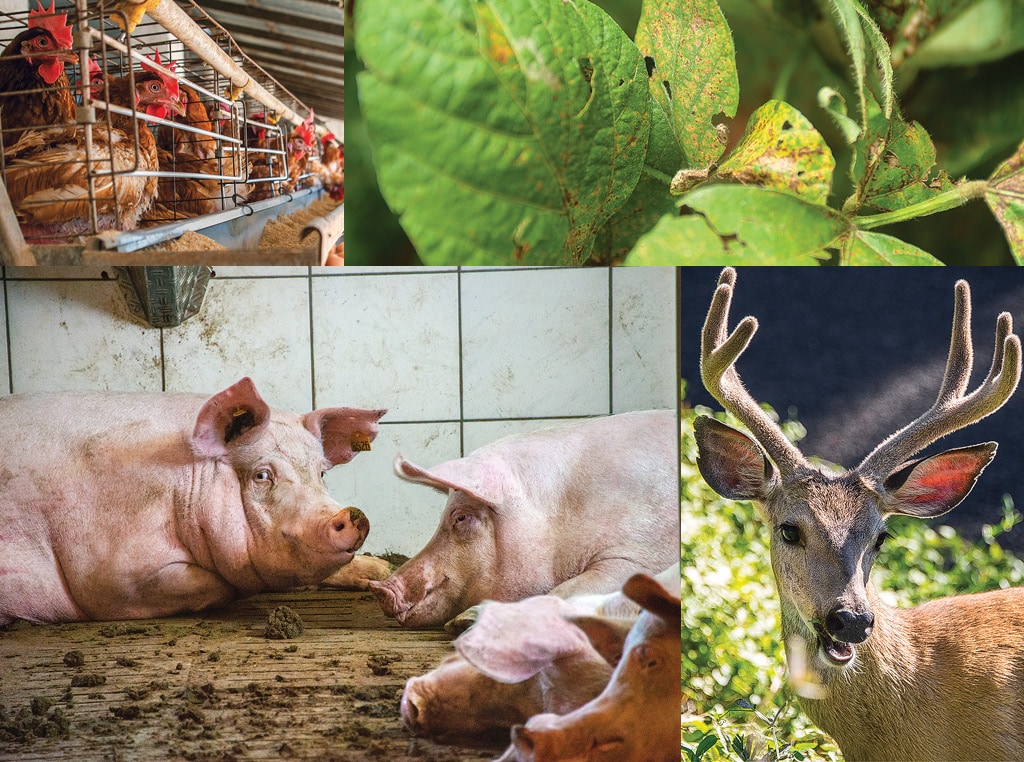
Dramatic measures protect these European hogs against African swine fever, which has devastated the world’s pig population. Poultry are susceptible to influenza.
One Health. In short, Rift Valley fever is a perfect storm of human health, animal production, wildlife, vector management, and climate change. It’s the sort of multi-front threat that drove the U.S. Department of Agriculture to create the One Health initiative in 2009.
“The One Health initiative is the concerted effort to integrate human health, animal health, and the environment,” says Steve Kappes, who heads the initiative for USDA.
USDA’s Animal and Plant Health Inspection Service is the tip of the One Health spear, but the agency’s other branches are all tied in, too. So are veterinarians, physicians, public health officials, epidemiologists, ecologists, toxicologists, and others at every level from local to global. Canada has a similarly broad approach in its federal Animal and Plant Health Strategy.
The global effort includes the development of diagnostic tools and vaccines in labs like the USDA’s Plum Island Animal Disease Center in New York. That lab will be replaced in a few years by the National Bio and Agro-Defense Facility, which USDA is building next to Kansas State. The new research center is being constructed to allow scientists to do deep research into the world’s most virulent pathogens not just in test tubes, but in livestock. It’s no surprise that their work is part of the national security infrastructure.
Surveillance. The first line of defense is a surveillance network that starts with local veterinarians around the world making farm visits. State and federal veterinary teams also provide vital surveillance as well as biosecurity training. If an outbreak is spotted, they move to the front lines, isolating infected animals, slaughtering affected populations if necessary, and conducting “ring vaccinations” in surrounding herds or flocks to corner the outbreak.
Scientists scattered across the map study people, livestock, wildlife, and, critically, vectors like ticks and mosquitoes that can transmit zoonotic diseases.
The network extends to policy experts and diplomats who must negotiate the opening and closing of markets. A key goal now is building legal and logistical structures into international trade agreements so an outbreak of animal disease to a particular region doesn’t destroy an entire national market—for example, allowing pork exports from Iowa to continue if scientists could show that a disease outbreak in the Southeast was contained to the area.
Training. The next generation of the zoonotic disease vanguard is experiencing a trial by fire at institutions like Texas Tech University’s new Zoonotic and Infectious Diseases Research Center. The Texas Tech system has long been part of CDC’s Laboratory Response Network, notes the university’s vice president for research, Joseph Heppert. Teaming its Sentinel lab with the system’s medical school, ag and environmental programs, and new veterinary college, it’s an ideal One Health environment—and COVID-19 shifted it into high gear.
“Now we are exposing some of our graduate students and undergraduate volunteers to the kind of testing and laboratory techniques that are required to look at infectious disease under these kinds of circumstances,” Heppert says. “They will be on the front line in monitoring for—and also conducting cutting edge research to try to blunt the dissemination of—future pandemics both in animal populations as well as human populations.”
Heppert hopes to help build on current virology research and the incredible speed of COVID-19 vaccine development. It’s insight that could help livestock and people during the next, inevitable, pandemic.
“Ecosystems are constantly changing,” Heppert notes. “Threats will constantly be changing. And we need to make sure that we have national and international investment and cooperation to meet those threats as they arise.”
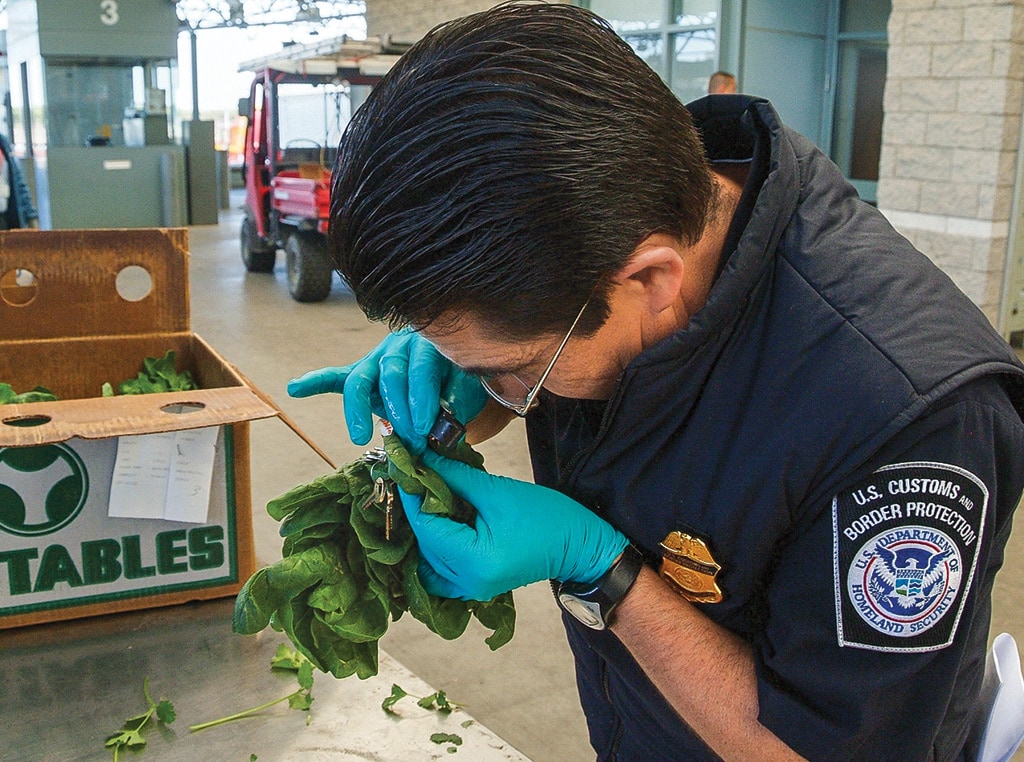
An agriculture inspector guards the border against pests and diseases.
Read More
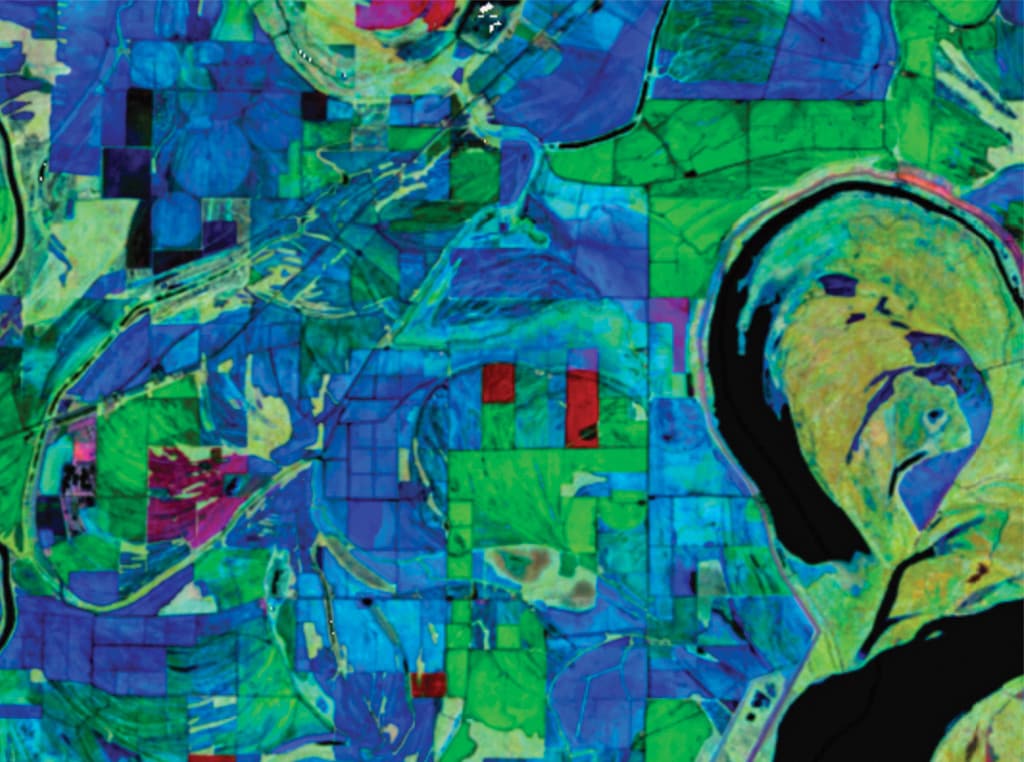
Agriculture, Ag Tech
Ag Data Is Beautiful
Digital sattellite data paints farm masterpieces.
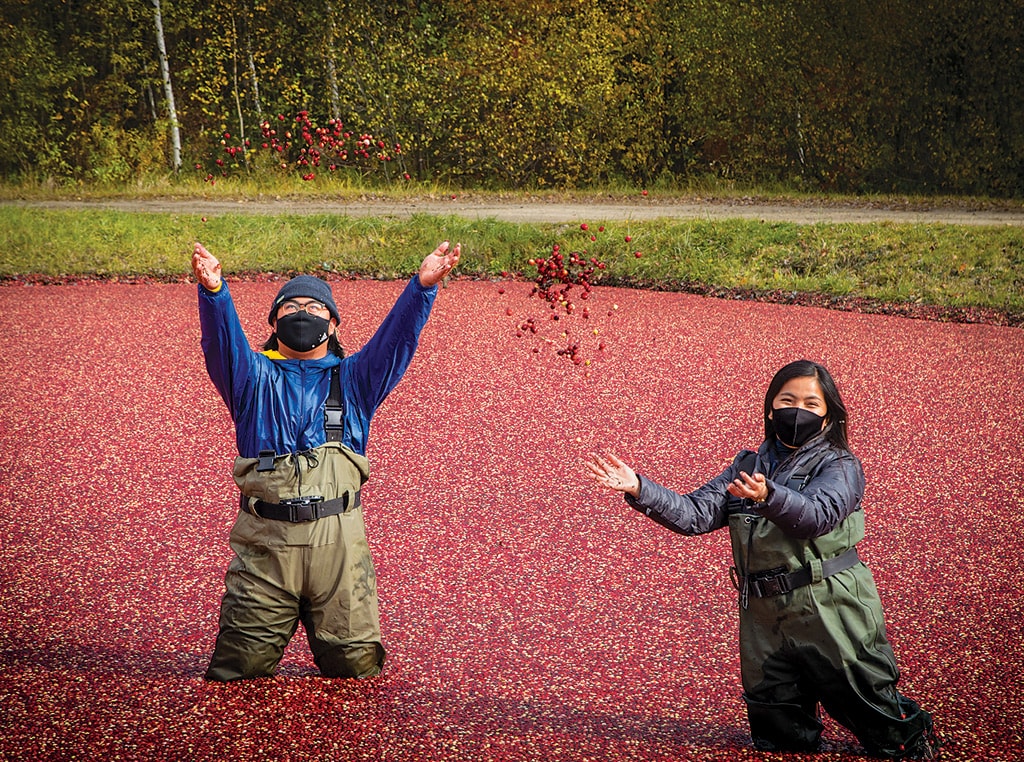
Agriculture, Specialty/Niche
Year-round Tourism
Muskoka farm develops innovative ways to incorporate four-season tourism attractions.
